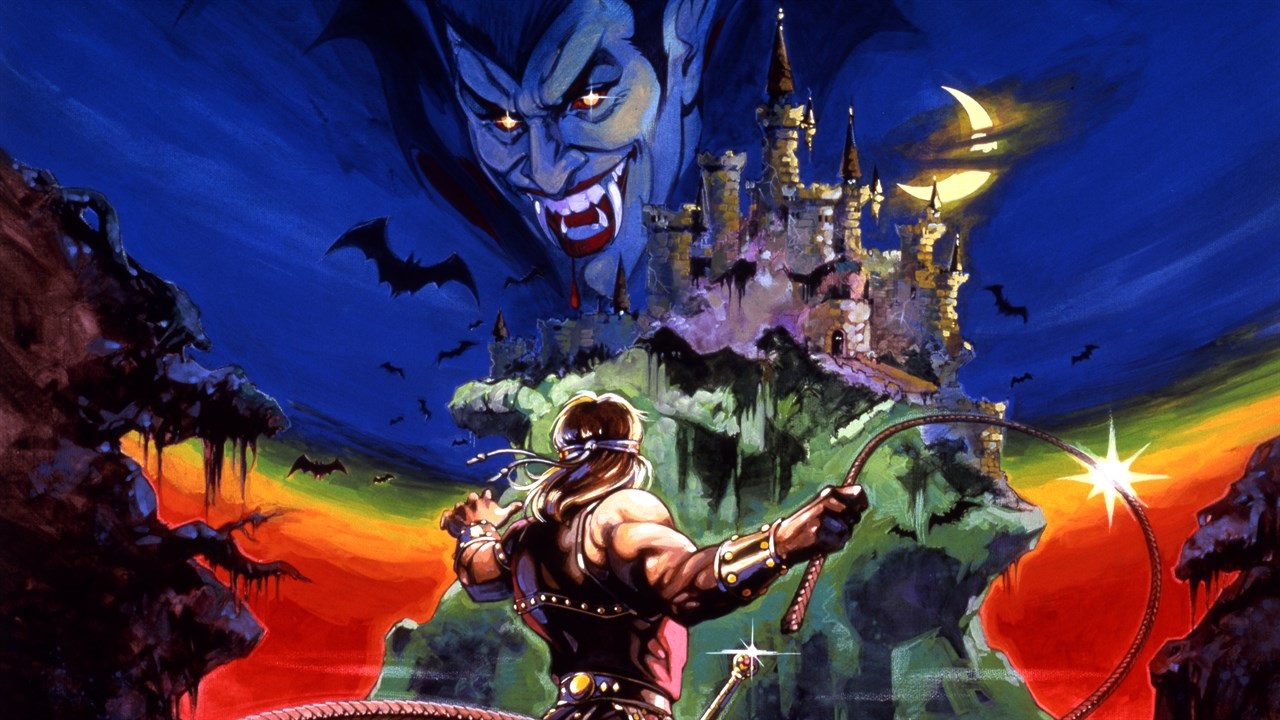Share
Despite releasing alongside a variety of games, including Project Gotham Racing 3 and Call of Duty 2, Condemned: Criminal Origins is absolutely the most creative and interesting game from the Xbox 360’s launch. It’s been over fifteen years since its release and it’s still a horrific and immersive experience.
Xbox believes in unifying generations
Condemned may have been an Xbox 360 launch title but it’s still available to experience on PC or on whatever Xbox you’re playing thanks to Microsoft’s commitment to backward compatibility. The availability of this game has helped keep it alive and allowed new people to experience the story of SCU Agent Ethan Thomas. It’s also helped highlight the staying power of horror. The genre benefits greatly from technology but there’s no straight line between better horror and more capable technology. Horror classics are typically wrapped tightly around atmosphere, storytelling, and player agency, which can be achieved through almost any means. Some of the scariest things I’ve ever experienced have been simple at first glances, like words on a page or a dimly lit room with inconsistent noise and a faint shadow I can almost ignore.

Bring Back Gotham City Impostors
Monolith Productions is more known for Middle-earth: Shadow of Mordor and the sequel, Shadow of War today but the clever mechanics and integrations between story and gameplay didn’t start in those games. Condemned may not have had a ‘Nemesis System’ but Monolith was still very aware of ludonarrative consonance and reducing the figurative distance between the player and the character they’re inhabiting. They also just know how to combine interesting gameplay with different worlds, like Gotham City Impostors.
Condemned takes place in the fictional Metro City where SCU Agent Ethan Thomas hunts and tracks down serial killers. Yeah, Monolith was inspired by Silence of the Lambs and Saw. The influence is soaked into the game and it’s a better experience as a result. The unsettling atmosphere and the character responses to the evil around them helped define those films, just like Condemned. Ethan and the player have no idea what they’re both capable of but they’re going to flashlight around and find out.
The game begins with Ethan arriving at the scene of a murder with a few other officers. His partner gives unsolicited advice to help Ethan. It’s done in a nice way and helps communicate their relationship. It also functions as a really good tutorial for the player. It’s honestly really clever. Games do things like this more often now but it felt magical at the time, even if Ethan is trudging through an abandoned building and looking for a murder victim.

This location helps highlight the gameplay loop before the player is thrown into the spiraling story and horrors around the corner. The player moves Ethan around from room to room, looking for murder victims and solving more of his case. Enemies hiding and lurking in the shadows will lunge toward Ethan, attempting to knock him out or kill him with blunt objects and weapons throughout the investigation.
House of the Dread
The enemies are kind of written off as being violent and mentally unstable, which is admittedly lazy and even gross and damaging in the latter’s case. The end of the game implies they’re part of a cult and the lesser sequel adds detail and provides a better explanation that does apply to this game. They’re citizens of Metro City that are being controlled by a cult with sonic emitters spread throughout the city to achieve their nefarious undertakings. In the end, I think this works alright because it makes sense the SCU wouldn’t initially know about the cult and their means to control citizens. It also makes sense for the cult to prey on at-risk groups of people, like those suffering from drug addiction and people struggling with homelessness. It works well enough despite not being fully explained or detailed in the first game. That’s about the only thing better about the second game and all that will be covered on it in this retrospective. I think it’s worth bringing up though since without the context, the enemies are written worse and again, harmful to at-risk groups of people. It’s also good the developer likely worked on the origins and explanation for the enemies in the second game to address fair criticisms and responses to the first game.
As Ethan explores this first area with his partner, the player learns how to use Ethan’s investigation tools that can complete an assortment of tasks. Ethan can photograph evidence, track chemicals, follow bodily fluids, scan DNA traces, and more. It’s handled well too and so it’s a good gameplay mechanic. I always look forward to these parts. Monolith doesn’t ask the player to figure out what tool to pull out. The game just tells you with context cues, conversation, and button prompts that it’s time to pull out a tool for tracking, searching, or scanning.

After you hit the button to pull out an investigation tool, Ethan pulls out the necessary item and then you and him get to work. This can involve searching for evidence right in front of Ethan, like fingerprints or a fatal wound on a murder victim. Or it can involve tracking a trail and following it to Ethan’s next destination, as part of his search. Enemies can interrupt and Ethan may need to defend himself too, which keeps tensions high and creates the right vibe. You as the player know this as well and so even if an enemy doesn’t interrupt Ethan, you still know it is possible and could happen.
Blunt Rotation
Combat is primarily accomplished with blunt objects, like drainpipes, fire axes, or even a mannequin arm. Ethan just uses whatever he can find to stay alive. Condemned centers around staying alive with whatever you can find while the search for clues, suspects, and clarity continues. Ethan sometimes will find guns and these can be used until the ammo is spent. These are sometimes found in the environment or can be picked up from a slain enemy. Combat with gun wielding enemes is especially stressful because not only are you bringing a sledgehammer or a 2 x 4 to a gun fight, but Ethan also needs to take them out quickly so there’s ammo left to use. Ethan doesn’t have his own weapon because by the end of the first investigation, he’s no longer an SCU agent. He’s a fugitive with almost no support or resources.

The suspect gets Ethan’s gun, kills his partners, and leaves it on the ground with nothing but Ethan’s fingerprints remaining on its grip. Ethan is left to live as the killer reveals they both have similar goals. This doesn’t make sense to anyone, including Ethan and the player. But there’s no time to find out or process the information. The killer flees after shoving Ethan out of a window.
Ethan regains consciousness in his apartment with a friend of his father’s by his side. Malcom Vanhorn informs Ethan the SCU believes he killed the officers since his gun and fingerprints were the only evidence at the murder scene. Malcom lets Ethan know he will stall the SCU while he escapes so he can attempt to prove his innocence.
No mask on these monsters
Condemned‘s story is engaging. It’s stressful. Ethan’s journey is captivating and filled with dread while he chases the killer and investigates the dead left in their wake. It culminates into an experience that’s mostly satisfying. It isn’t perfect but it’s gripping and unnerving regardless. Ethan runs through several locations and is able to continue to gather evidence and search for information on the killer and their goals. He very quickly learns the killer hunts after other serial killers, giving weight and meaning to his cryptic comment during their first encounter.

Ethan is able to continue his investigation with access to helpful resources and information thanks to Rosa Angel. She is the only one that believes Ethan’s innocent and so she continues to act as his laboratory assistant. She has to do so quietly and can’t access everything they need sometimes. He’s still a fugitive and wanted for murder. This restriction adds to everything though. It amplifies the storytelling. Horror benefits from tight circumstances and isolation. Ethan only has himself and Rosa. Vanhorn may be an ally but he’s not with Ethan and it’s hard to tell if he can be trusted completely.
Ethan’s sanity is tested throughout the tale. Sometimes it isn’t clear if something is there or if it’s just crawling in the back of Ethan’s mind. It also doesn’t matter. You don’t need to ask yourself if it’s really there. You’re Ethan. If there’s a threat to Ethan then it’s a threat to the player. He may sometimes be an unreliable narrator and storytelling vehicle but you’re a passenger regardless.

Condemned is a classic horror title, up there with Silent Hill, Resident Evil, and Eternal Darkness: Sanity’s Requiem. It doesn’t get everything right but it gets enough right while painting the experience in a dreadful and almost hopeless ambiance. But with assiduousness from the player and Ethan, survival is within reach and Ethan’s name can be cleared, like the path in front of his flashlight in the abandoned hallways of this cruel and indifferent world.
Condemned: Criminal Origins is available on Xbox 360 and PC. It’s fully playable on Xbox One and Xbox Series X|S through backward compatibility. It can still be purchased digitally on Xbox and PC for $19.99.




